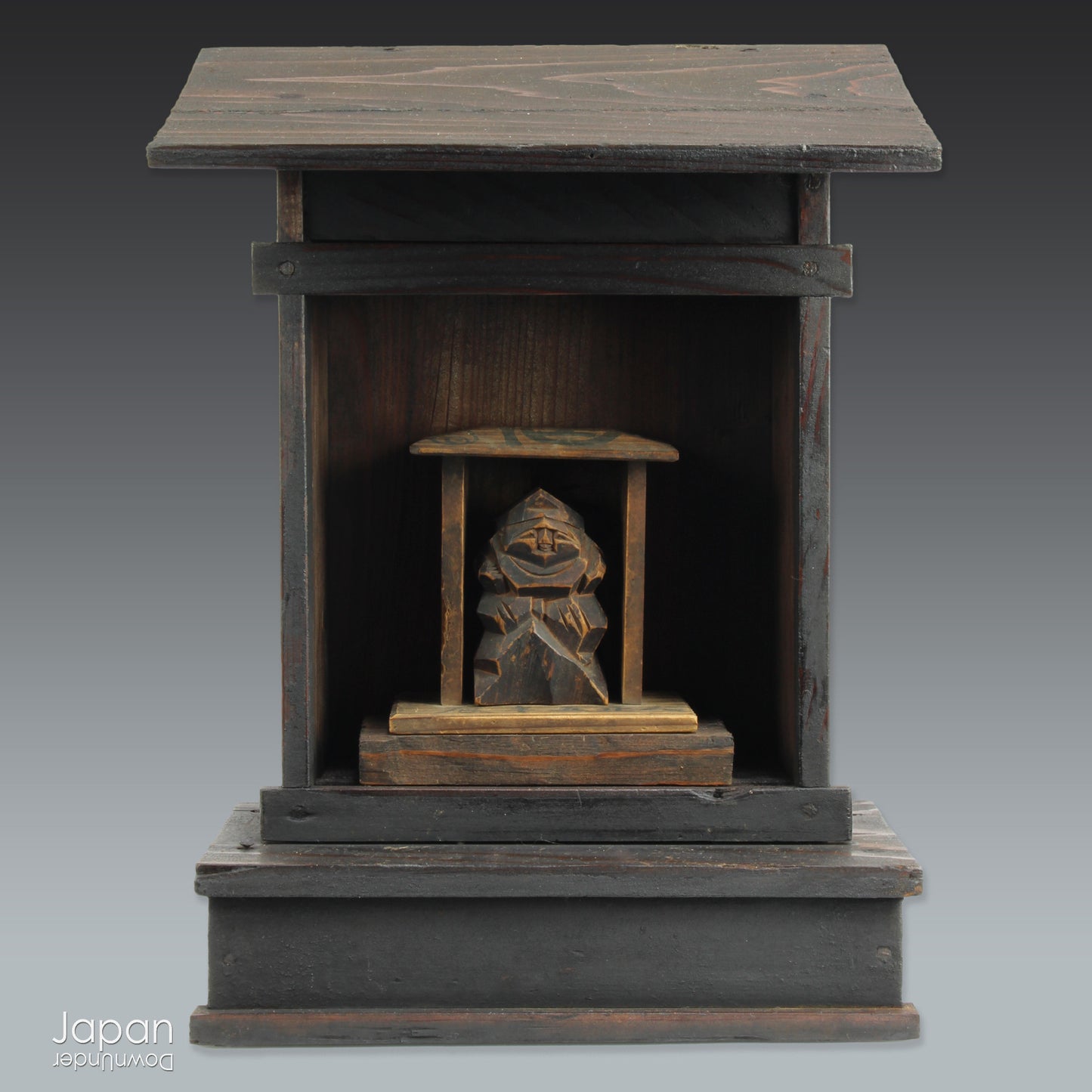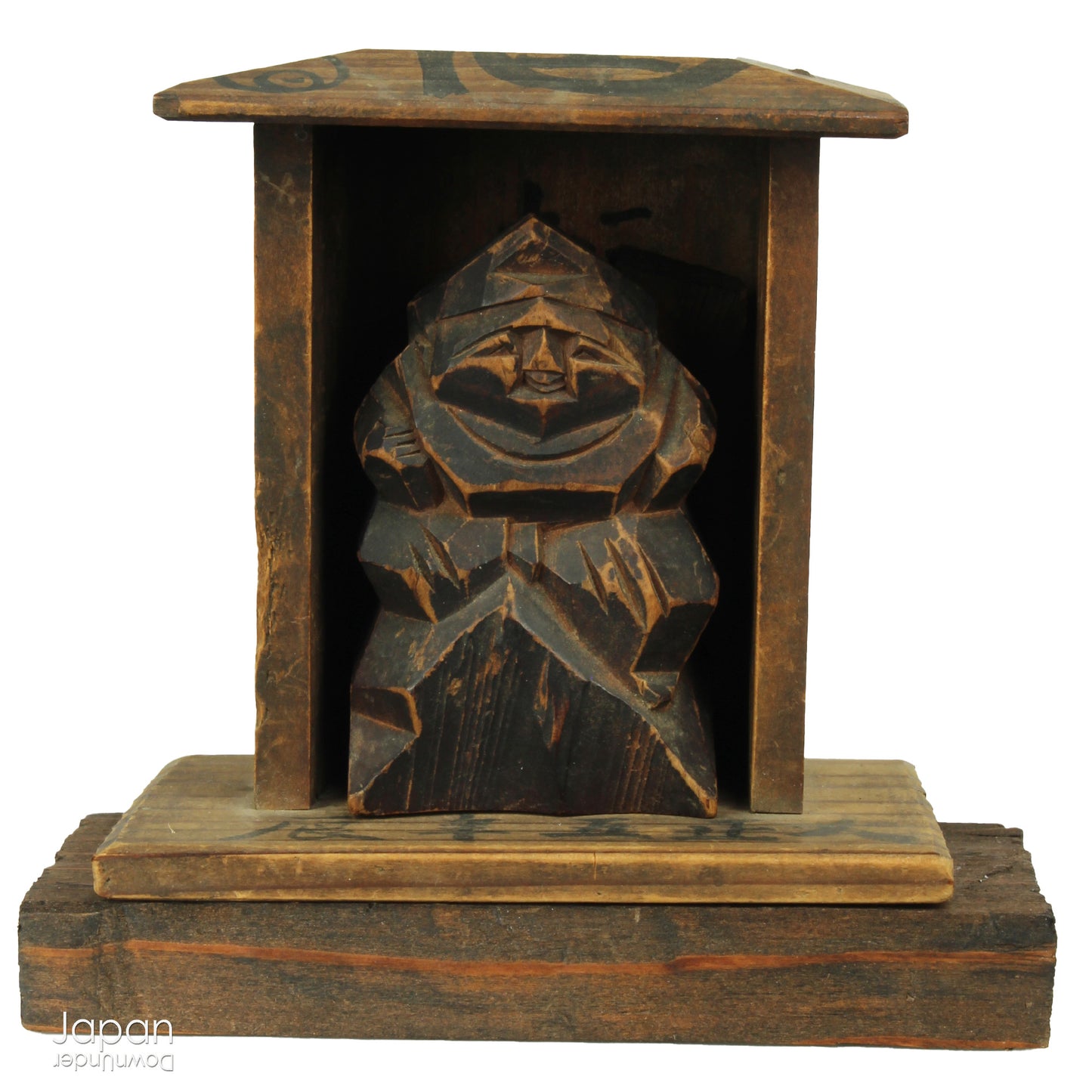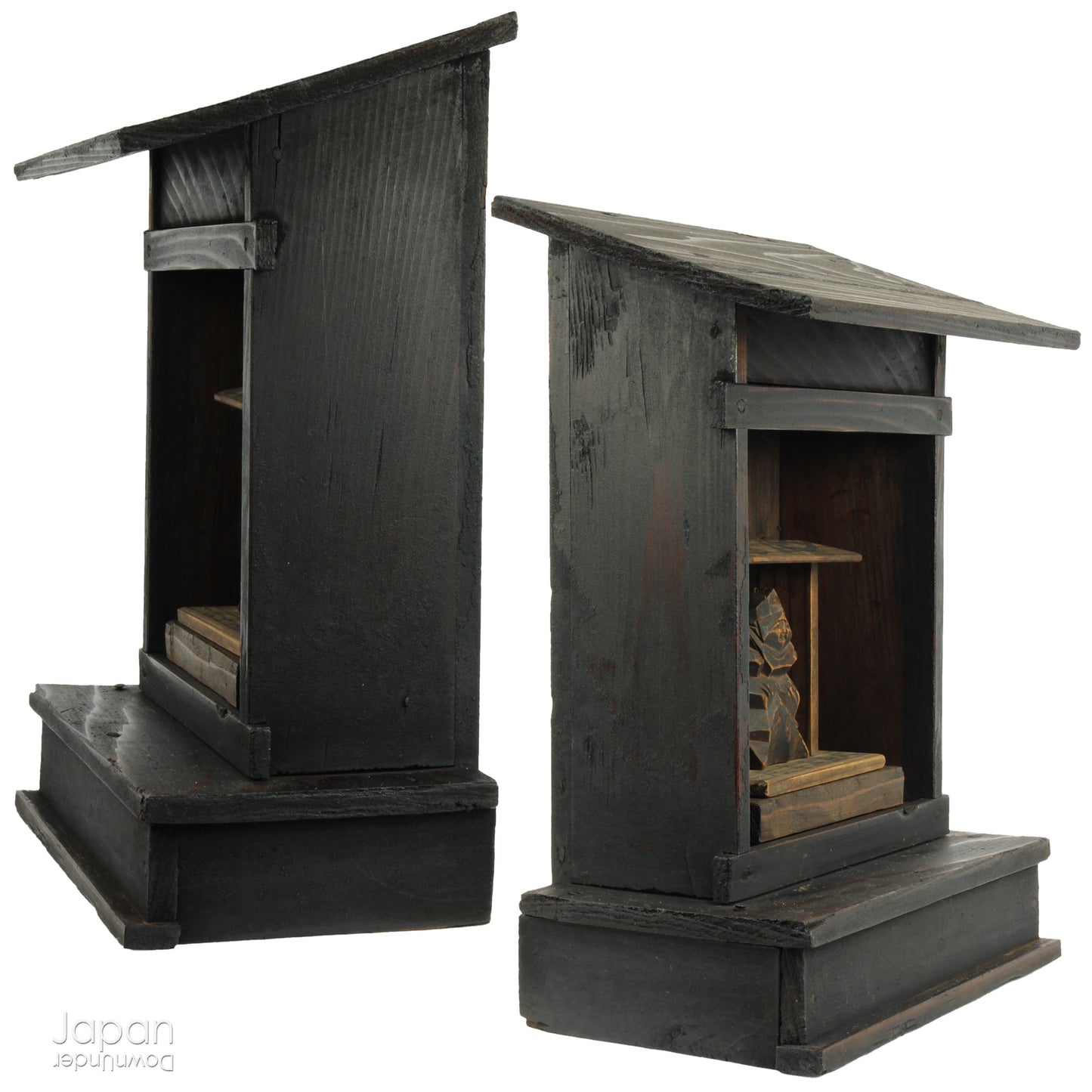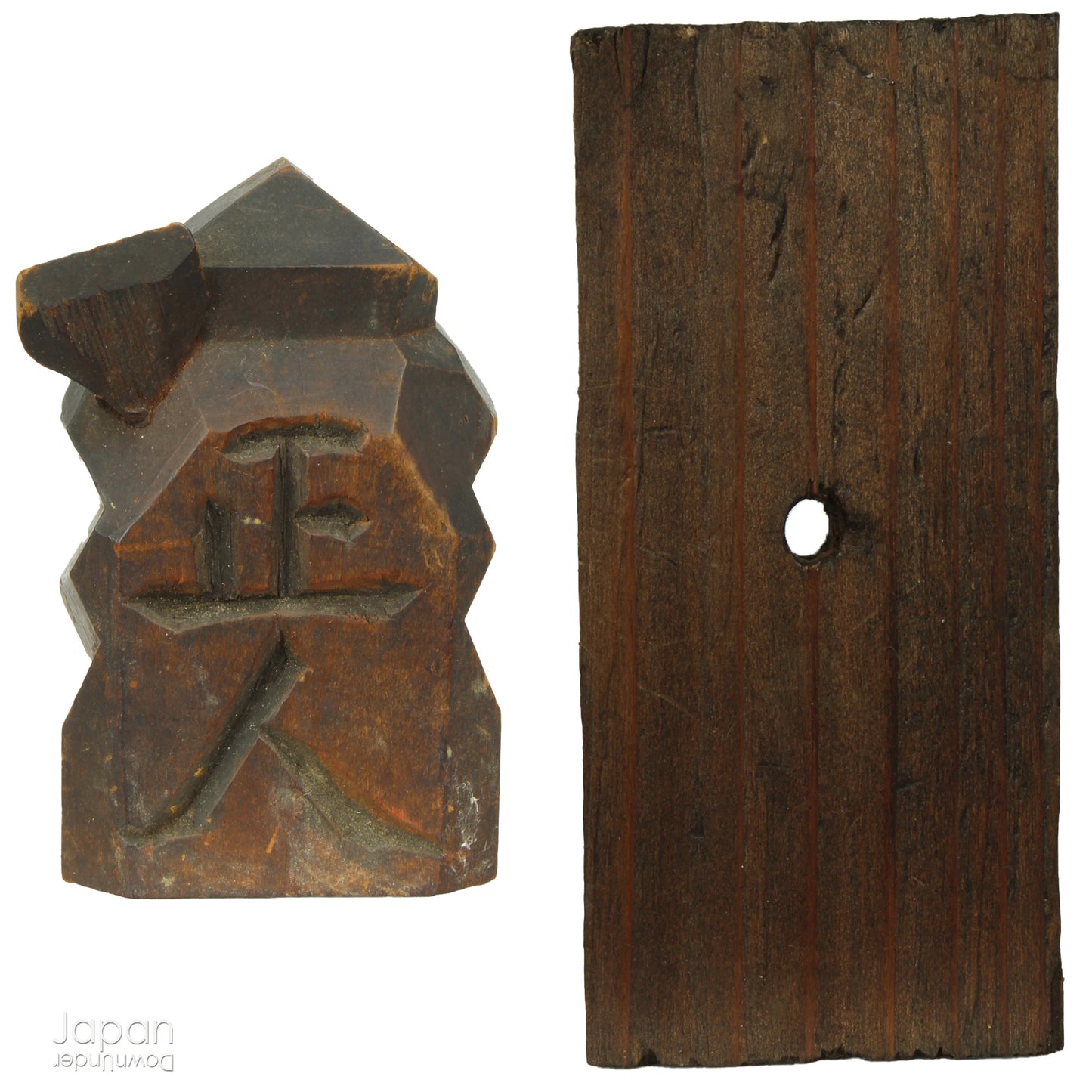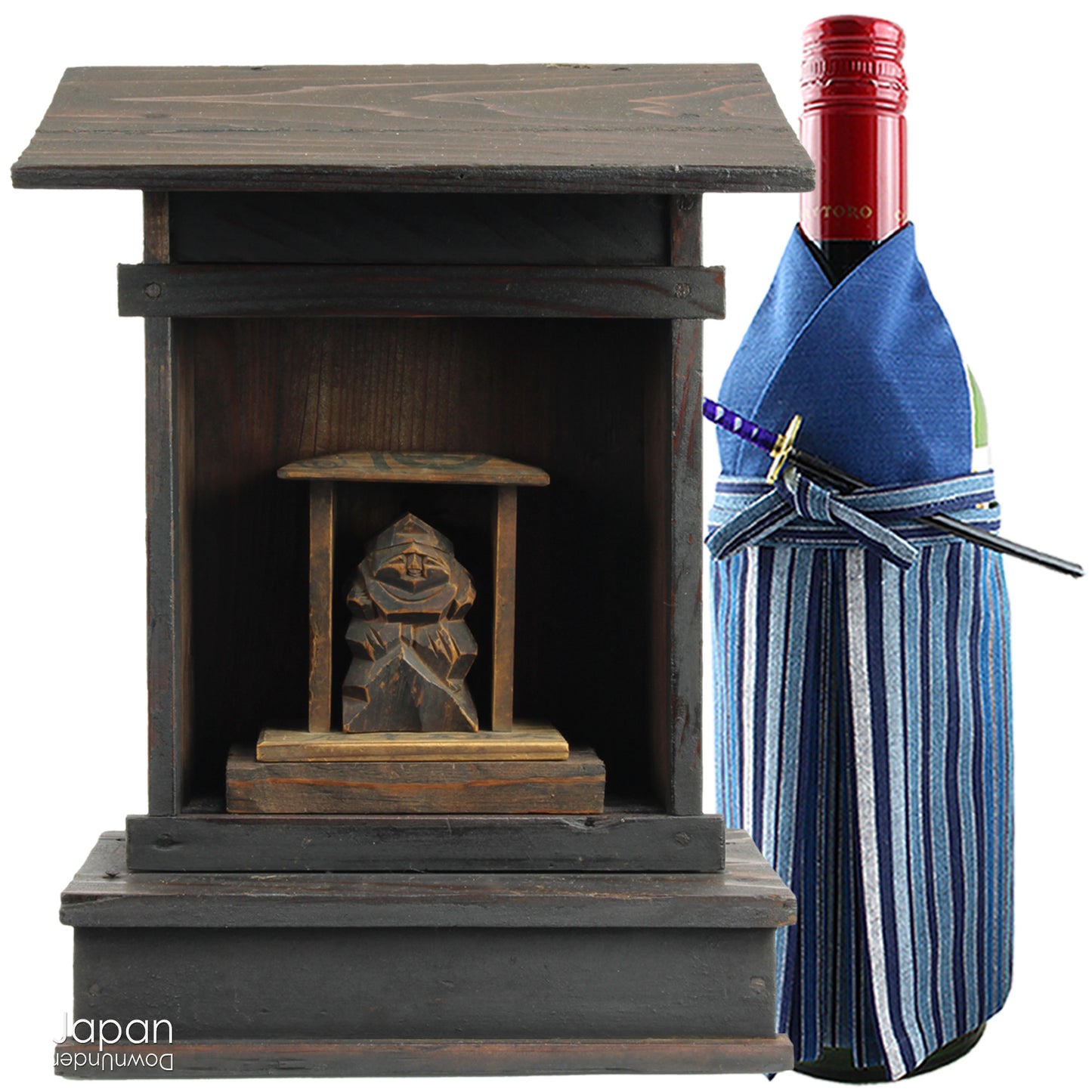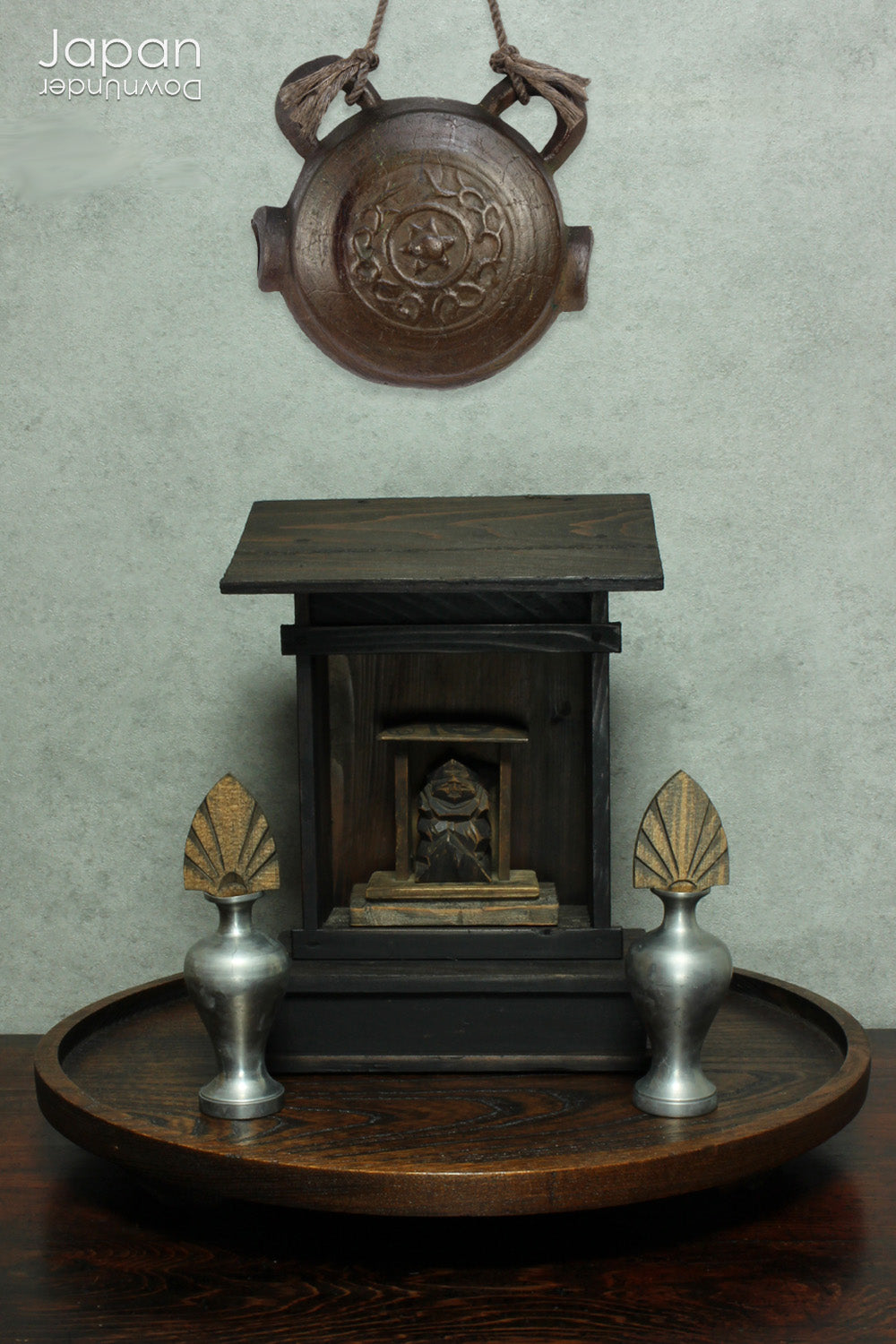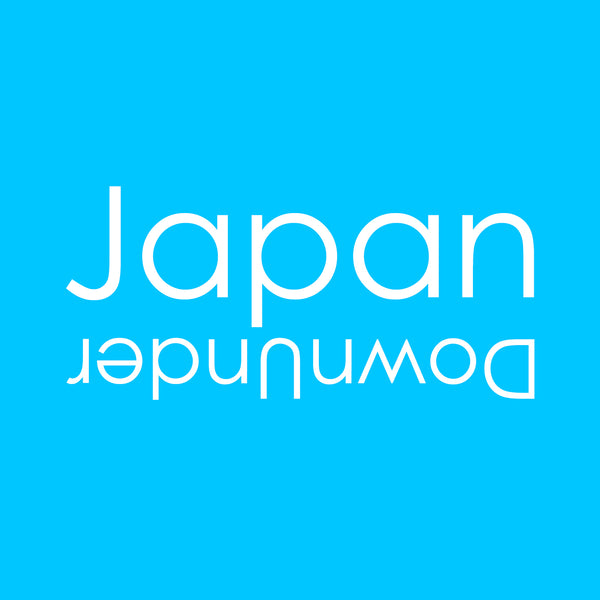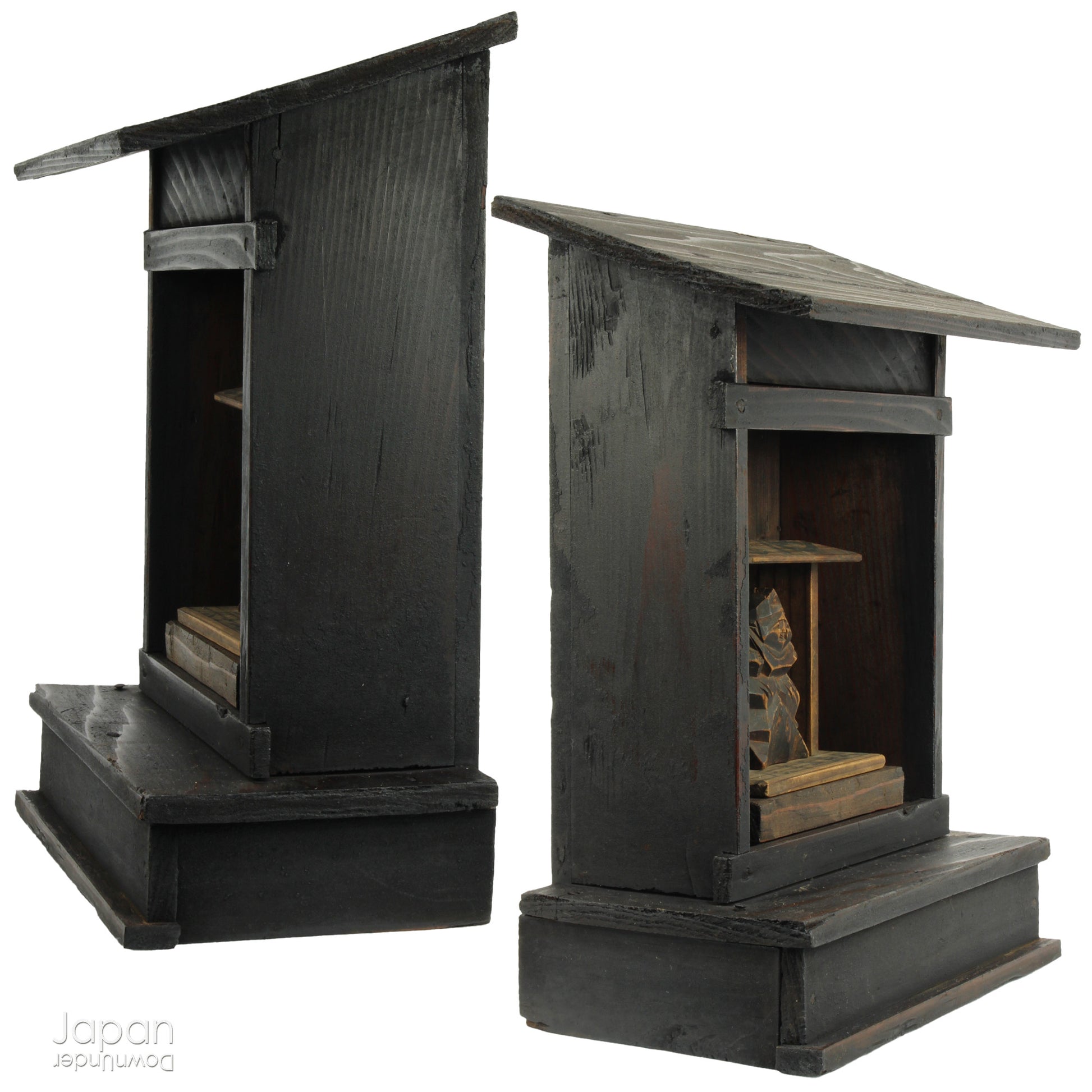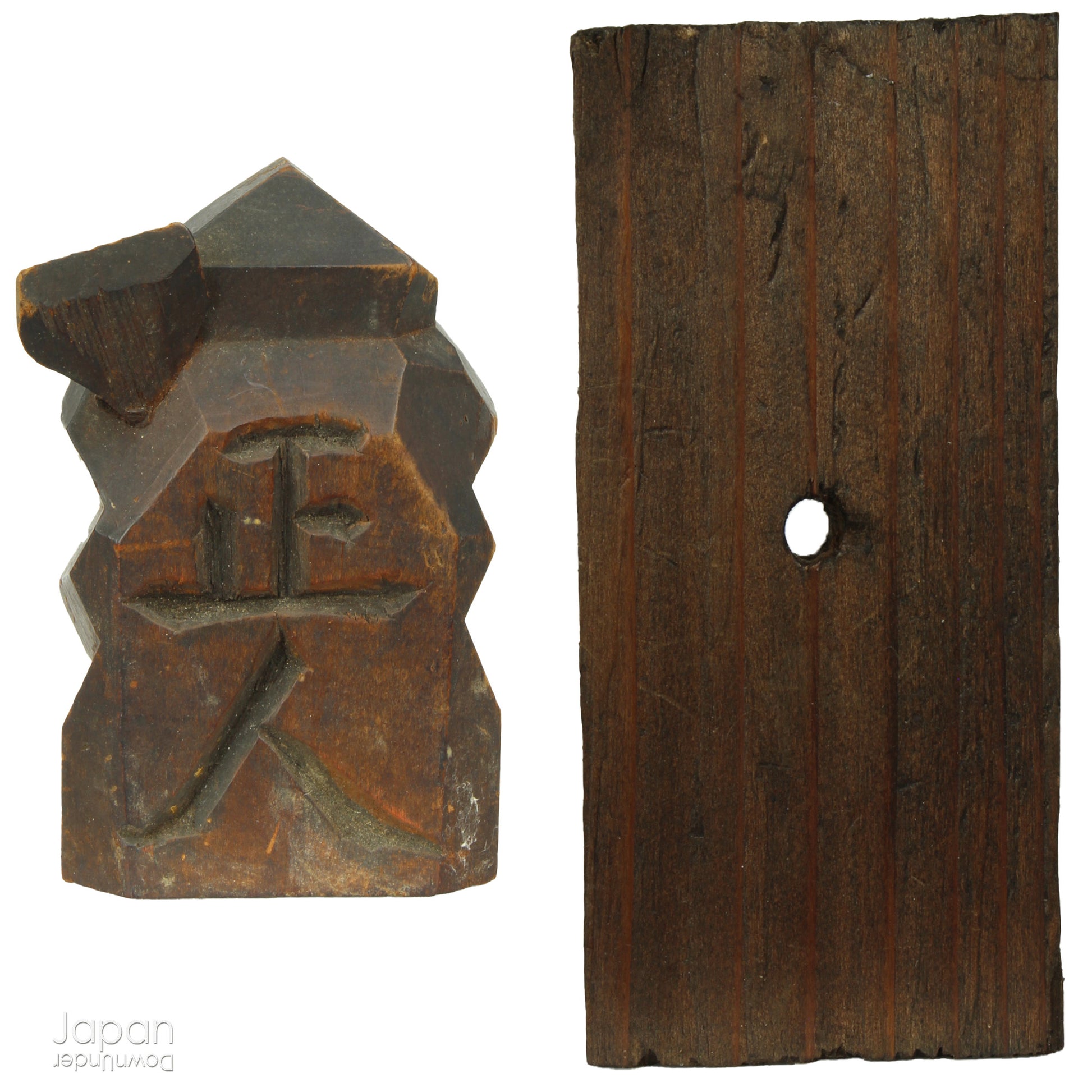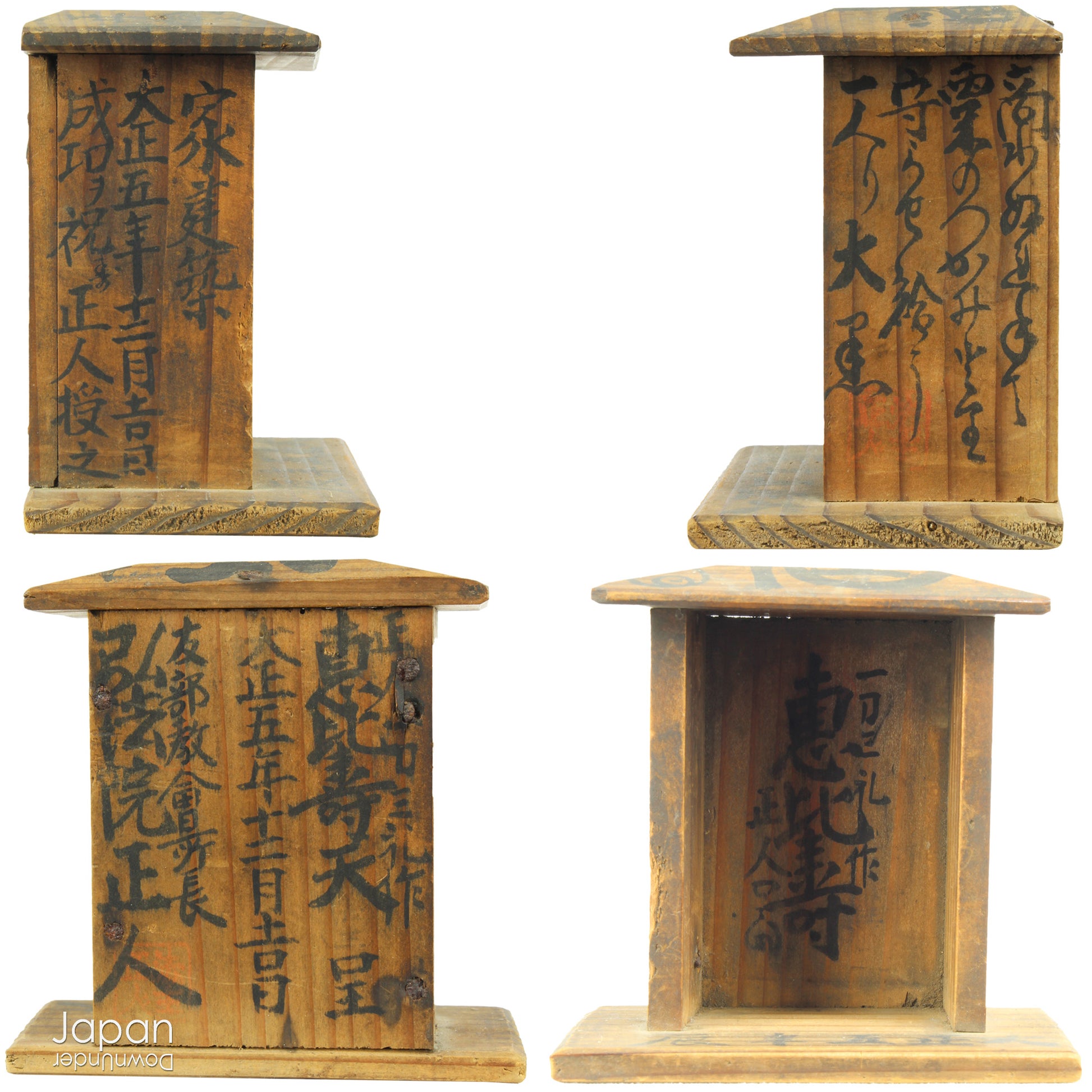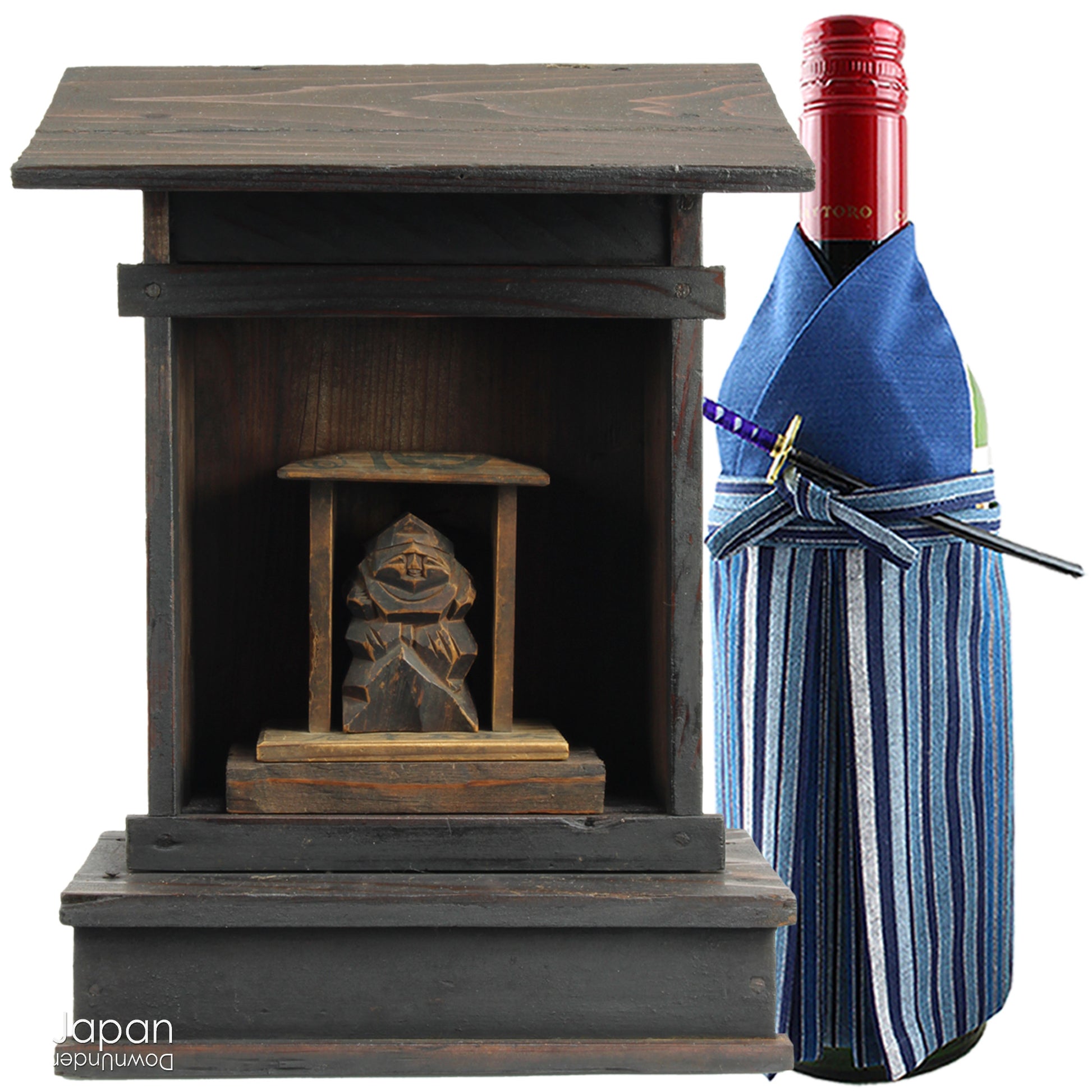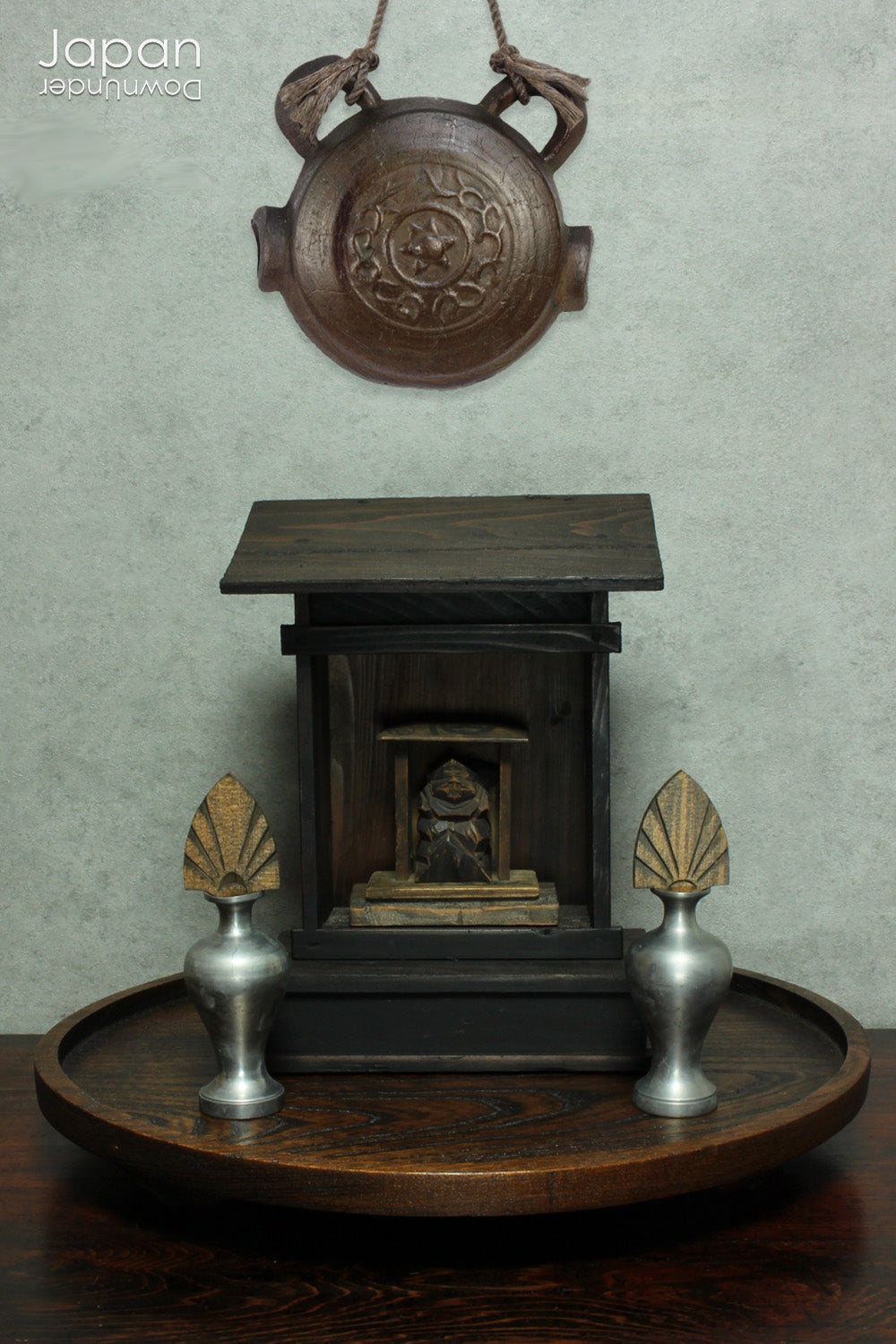JapanDownUnder
japanese antique kamidana shinto shrine with ebisu - spiritual folk art
japanese antique kamidana shinto shrine with ebisu - spiritual folk art
Couldn't load pickup availability
Love Japanese Style Like We Do
Bring a sense of peace and tradition into your home with this quaint, rustic antique Shinto shrine - an ideal addition to any spiritual space. Handcrafted with care, this small shrine was designed to sit on a kamidana (god shelf), and enshrines the beloved lucky god, Ebisu. Steeped in the warmth of Japanese folk belief, this piece not only adds cultural depth and beauty to your decor but also serves as a spiritual focal point, inviting blessings of fortune, prosperity, and wellbeing into your home.
At the heart of every kamidana was a kamifuda - an enshrined sacred paper representing a deity, often received from a national Shinto shrine - placed for daily worship. In rural homes, where fishing, farming, and craftsmanship sustained life, families often placed shrines with additional gods. Their blessings were sought for abundant harvests, bountiful catches, and household happiness. In fact, some homes featured two kamidana: a regular shrine shelf and an engidana - a special shelf dedicated to these fortunate deities. Daily offerings, prayers, and candlelight rituals were central to this cherished practice.
This particular shrine houses an old wooden figure of Ebisu, the jovial god of prosperity, fishing, and commerce. A guardian of trades and livelihoods, Ebisu is especially revered by merchants and fishermen. He is shown seated on a rock, wearing a traditional peaked hat, holding a fishing rod in one hand and a large sea bream (tai) - a symbol of good fortune - in the other.
The shrine is handmade from light hinoki wood (Japanese cypress), with the modest craftsmanship characteristic of rural folk art. In the past, professionally made kamidana were too expensive for most commoners, so many shrines were lovingly built by hand at home. Ebisu is further elevated within the shrine, seated inside another small shrine. Each side of the structure is inscribed with Japanese script, with the writing on the reverse dating the piece to Taishō 5 (1916) - adding a tangible sense of history and heritage.
Despite its age, the shrine and its figure remain in good condition. The wood has darkened beautifully from decades of exposure to kitchen soot, as kamidana were typically kept above the cooking hearth. A repaired crack in the roof and a few age-worn knocks and bumps lend the shrine its warm, rustic character - embodying the spirit of Japanese mingei (folk craft).
A truly special piece that blends spirituality, history, and artistry - it’s more than décor; it’s a doorway into the heart of Japan’s cultural soul.
- shrine measures around 28 cm (11”) tall x 20 cm (7.9”) across x 11 cm (4.3”) deep.
- weighs 600 gm.
(listing for god house and ebisu god only)
SHIPPING INFORMATION
- please read our shipping notes in shipping policy.
- we use recycle packaging wherever possible and wrap for safety, rather than appearance!
ABOUT OUR VINTAGE, ANTIQUE AND OTHER ITEMS
We list pieces we feel are worthy of display. There may be scratches, dents, fading and signs of wear and tear. We try to explain the condition of each item exactly, but may miss something.
Information regarding the item and it’s age is obtained from dealers and our personal research. We do our best to give you the correct information but please be aware that we cannot guarantee this information.
Please message us prior to purchase with any questions you may have about our products.
KAMIDANA
Kamidana, literally god (kami) shelf (dana) are miniature household altars used to place an enshrined Shinto kami (god). The enshrined kamifuda (board or paper, representing the god) was that of a clan deity or came from one of the major national shrines. Kamidana became popular in traditional country style minka houses.
Small shrines for tutelary deities, inside a residence, go back to ancient times among the aristocracy. The emergence of the kamidana was closely connected with the development of the domestic Buddhist altar or butsudan, which started the movement of conducting religious rituals in each household.
Kamidana were initially set up to keep Jingu Onusa, charms of the Grand Shrine of Ise, when they began to be widely distributed at the end of the Muromachi period. The Jingu Onusa symbolized Amaterasu Omikami and were considered objects of worship. A special domestic shelf, to respect these charms, was installed and was called Jingu no tana, or shelf of the Grand Shrine. By the mid-Edo era, the institution of the kamidana had spread to most homes as a result of the spread of this Ise cult.
The most common style of kamidana was a plain board forming a shelf, supported by cantilevered brackets from beneath, or stabilized with timber hangers, suspended from the beams above. On this shelf a miniature Shinto shrine was installed to contain the kamifuda. This shrine could be elaborate in design, but unlike the miniature shrine cabinet, or zushi, of the Buddhist altar, the timber was unlacquered. In days gone by, shrines for the kamidana were very expensive for common country people and they were often hand made, by the owner, giving them a lovely rough, simple and rustic appeal.
Kamidana were most often located in a high place, thought to be closest to the heavens and gods, in an area close to an earth floor. As old country kitchens had an earth floor and were a place where many people gathered, they were perfect for the kamidana and prayer. Candles were lit and offerings of rice, fruit, fish, rice and wine were made daily.
Particularly in the homes of farmers, fishermen, merchants and other craftsmen, additional deities with combined Shinto and Buddhist identities found their way to the kamidana. Ebisu and Daikoku-dana were popular. Ebisu, the god of fishing and Daikoku, the god of farming, were particular favorites amongst country folk, whose livelihood depended on agriculture and the ocean. Ebisu and Daikoku were often housed together in a special shrine with a rounded roof, and came to be known as the kitchen gods. Kojin-dana was another popular choice. Kojin was the god of domestic tranquility and good fortune. Inari-dana were also seen. Inari is the Japanese Shinto god who watches over and protects the rice harvest. A temporary toshitoku-dana was set up in almost all homes at the end of the year to welcome and worship the kami of the New Year.
Old Kamidana shrines are a wonderful example of Japanese mingei; a spiritual tool that reminds us of culture and customs of the past.
MINGEI
Mingei are the tools and utensils that were used daily by the common people in Japan. They were inexpensive, simple and functional. Usually produced by hand, in large quantities, their artists were anonymous. They became representative of the local area where they were produced.
The word Mingei combines “min” meaning common people and “gei” meaning art - the art of the common people. It was coined by the Japanese philosopher Sōetsu Yanagi. He found beauty in ordinary crafts for daily use and argued that true beauty could be found only in the objects made by unknown people, in a spirit of selfless innocence and in close harmony with nature.
TAI FISH
The word ‘omedetai’ means happiness, future success and joy. The fish name ‘Tai’ appears in this word so the fish has come to symbolize these three lucky attributes. Tai fish symbols appear at all happy and joyous occasions in Japan!
ENGIMONO
Engimono are charms that bring good luck for such things as an abundant harvest, successful business, loving relationships or good health. Engimono are often available at New Year events in shrines and temples. They are also popular souvenirs, bought when travelling to different places in Japan. There is a variety of Engimono in different areas in Japan. These good luck charms have been passed down through history. Some popular engimono are Eto ornaments (the 12 Japanese zodiac animals), Shinobu Goma, a lucky horse for a good harvest from Iwate Prefecture and Aka Beko a red paper mache cow with a swinging head from Fukushima, thought to fend off evil and disease. Some other well known engimono are Daruma, Tanuki, Shisa and Maneki neko.
Share
